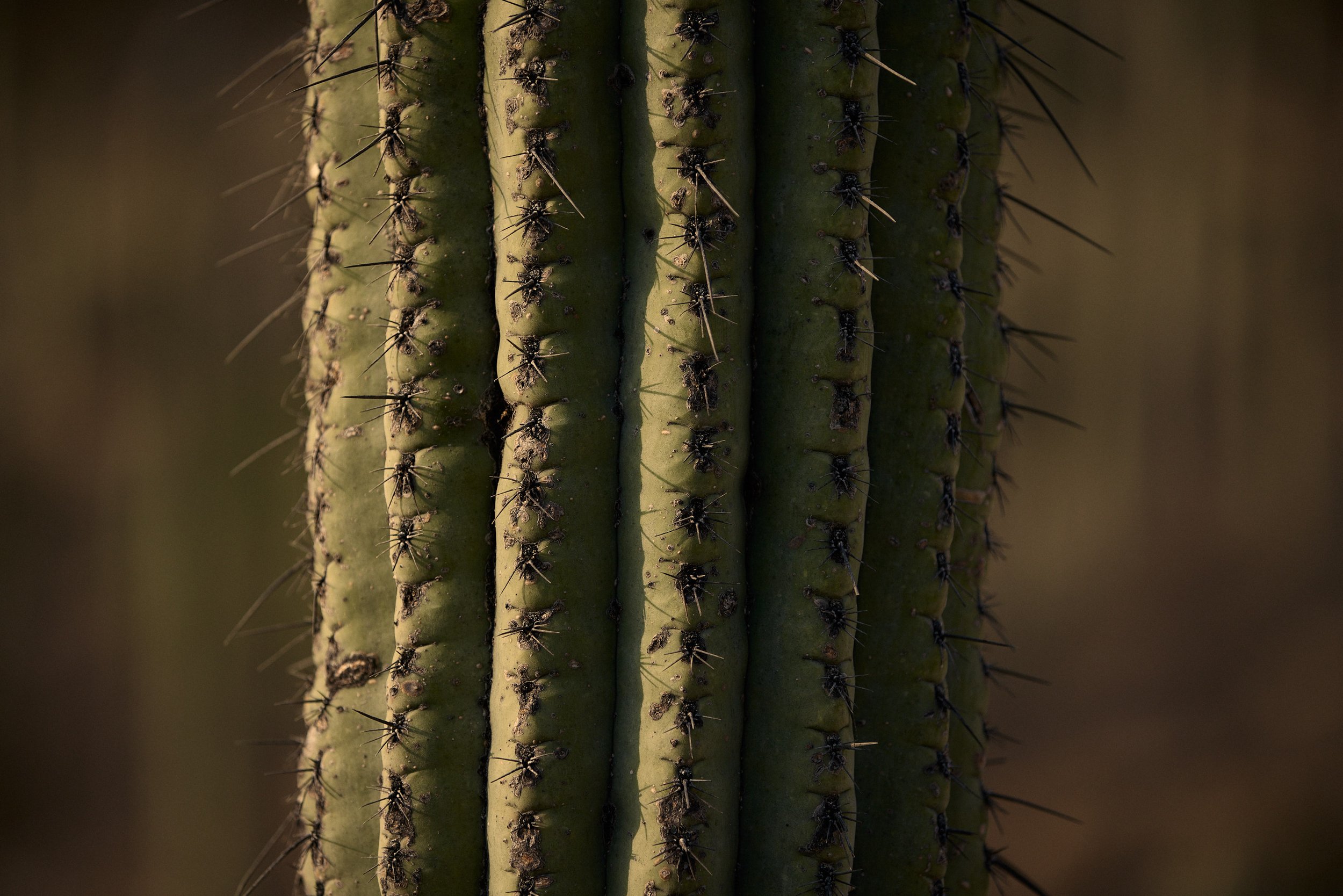Salineros
Personal Project, 2024
In the spring of 2024, I traveled to Mexico City with my partner — who also happens to be my first assistant — to embark on a photography project that had been quietly forming in my mind for years. As a photographer, I’ve always been drawn to the human side of making things. Whether it’s the worn hands that shape, the patina’d workshops, or the stories etched into each creation, I’m obsessed with the intimate connection between people and their craft.
While researching a trip to Vietnam, I came across satellite images of vibrant salt fields along the coast—bright, geometric patches of drying salt that looked like abstract art. I was captivated by the idea of photographing such a place, but without the right equipment or time on hand for the Vietnam trip, I tucked the idea away, knowing it would resurface.
It wasn’t long before this idea led me to Zapotitlán Salinas, a small village in Puebla, Mexico. This remote place, nestled within the Sierra Madre mountain range, has been home to artisanal salt makers—known as Salineros—for thousands of years. The salt industry here predates the Spanish colonization of Mexico, preserving a legacy as old as the ancient brine wells that dot the landscape.
Through a friend, I connected with Emilia, a producer and fixer based in Mexico City. Her expertise was invaluable in navigating the logistics of shooting in rural Mexico. Together, we orchestrated the trip, carefully timing it to coincide with the peak of the spring salt harvest. Emilia also introduced me to Juan Diego Cortez, a Salinero dedicated not just to his craft but also to preserving the cultural and economic significance of this ancient industry.
A Tradition Rooted in the Earth
The story of salt in Zapotitlán Salinas begins long before recorded history, when the land was submerged beneath an ancient ocean. Over millennia, tectonic forces pushed the seabed upward, forming the Sierra Madre mountains and leaving behind a geological treasure: salt-rich soils. For over 2,500 years, the people of this region have tapped into these underground reservoirs, drawing up salty brine from wells and evaporating it to create pure, crystalline salt.
Juan Diego, our guide, shared stories of the land and its people. He explained how some of the brine wells they still use today have been passed down through countless generations. Even his “new” salt shed, where giant bags of crystalline salt are carefully stored, is over 600 years old—a relative newcomer in a tradition stretching back to pre-Spanish colonization.
Salt wasn’t just a seasoning in those early days; it was a currency, a preservative, and a source of prosperity. But as industrialization swept across the globe, the slow, meticulous methods of the Salineros faced an existential threat. Modern factories churned out salt at a fraction of the time and cost, forcing many families to abandon the trade. Today, only a handful of Salineros remain, holding onto their heritage against the tide of mass production.
The Artisanal Salt Movement
Juan Diego stands at the forefront of a movement to redefine the value of their craft. Rather than competing on price, he works with government and non-profit organizations to position Zapotitlán Salinas’ salt as a luxury culinary product, celebrated for its artisanal origins and sustainability. To him, each grain of salt is a testament to patience and precision, harvested with techniques honed over millennia, rather than a commodity.
Photographing Juan Diego and his family revealed the beauty of their work. It’s a delicate dance with nature, requiring both intuition and skill to extract the brine, tend the drying beds, and sift the salt into perfect, glittering piles. The process is both meditative and intensely laborious – a stark contrast to the mechanical efficiency of industrial salt production.
Telling the Story Through a Lens
The Zapotitlán Salinas salt fields weren’t just the colorful quilt I had imagined from my earlier research. They revealed themselves as a gorgeous, earthy canvas — terracotta drying beds framed by rugged mountains and endless towering cacti. The landscape itself felt ancient, as if time had stood still here. It was humbling to stand in these fields and witness the confluence of history, geology, and human resilience.
Through this project, I hope to shed light on the Salineros' story and the rich cultural legacy they preserve. In a world that often prioritizes speed and efficiency, their work is a reminder of the value of tradition, the beauty of slowness, and the power of human connection.
For me, this trip wasn’t just about salt—it was about understanding what it means to make something truly meaningful, and the lengths people go to keep those meanings alive.
A huge thank you to everyone that made this trip possible.
First Assistant & Forever Supportive Ideator: Nina Laflamme
DP: Jon Glendon
Producer & Location Fixer: Emilia Voudouris
Local Guide: Juan Diego Cortez
The many people at Slow Food International who helped line things up
And the many more who supported the idea.
























